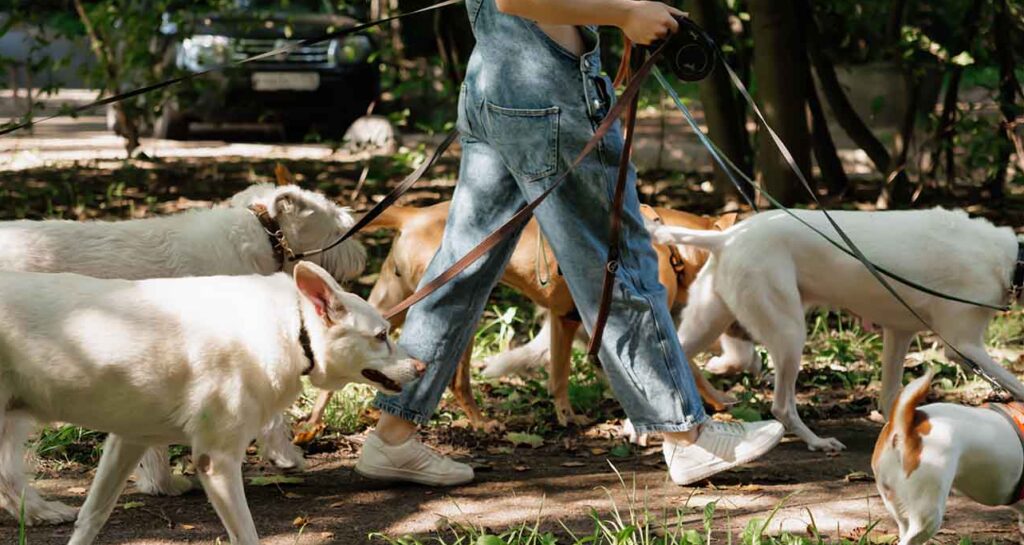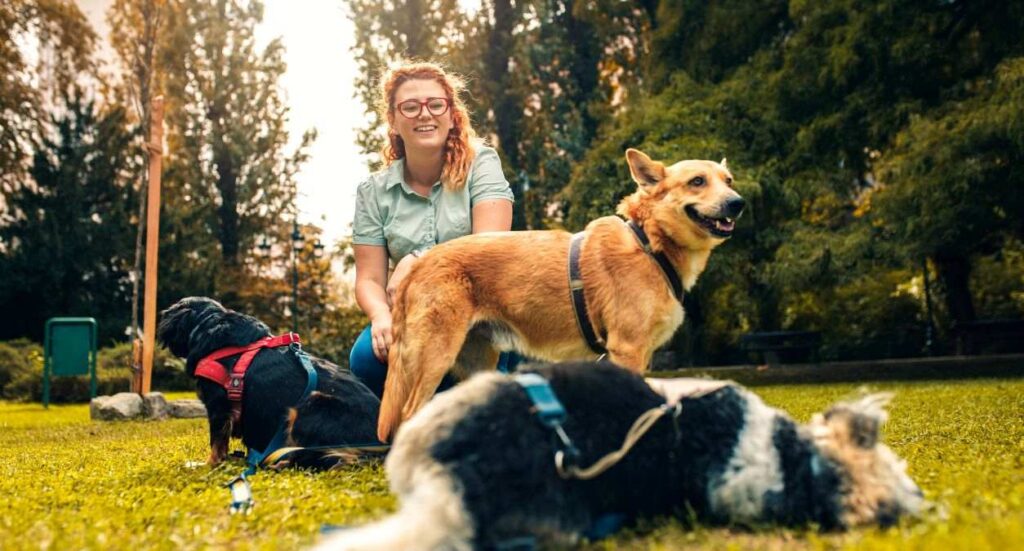As winter brings changing weather and more extreme conditions, our canine companions are just as eager to frolic in the great outdoors. However, the colder months bring unique challenges for dog owners when it comes to keeping pets active, from icy pavements to biting winds.
To ensure your furry friend stays healthy, happy, and warm throughout the winter season, there are certain things to know about walking your dog in winter. Remember that their comfort and safety should always be the top priorities. From protective gear to weather considerations, grooming, visibility and the appropriate clothes for yourself, there are plenty of tips you can arm yourself with.
In this guide to winter dog walking, we explore everything you need to know to make your outings safe, enjoyable, and memorable for both of you.

Get Dog Walking Insurance from Protectivity
*Disclaimer – This blog has been created as general information and should not be taken as advice. Make sure you have the correct level of insurance for your requirements and always review policy documentation. Information is factually accurate at the time of publishing but may have become out of date.
Last updated by



















